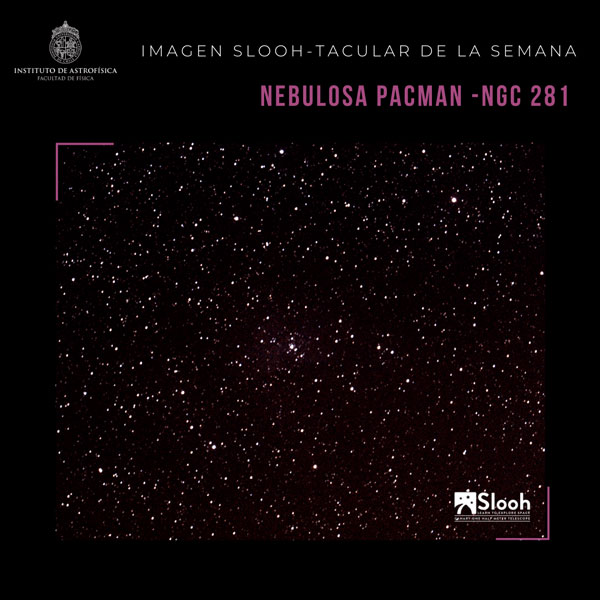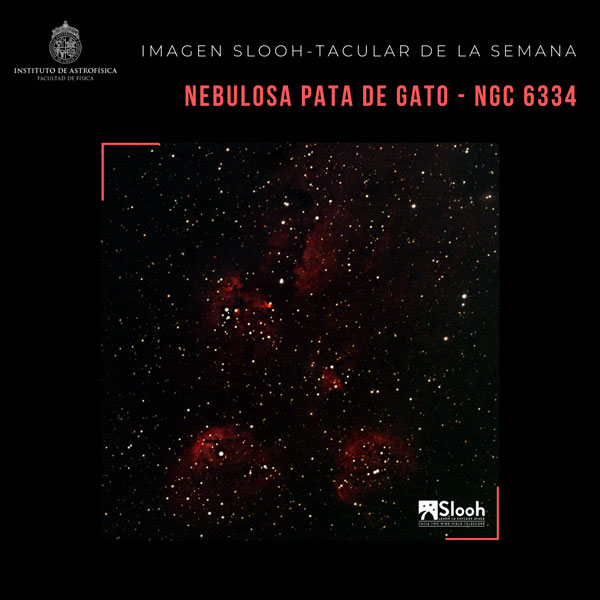UC Observatory
The Observatory of the Catholic University (OUC) inaugurated in January 2005, is located in Lo Barnechea, inside the Hacienda Santa Martina (Nature & Golf Club). Here our students make their first scientific observations, and in addition, there is a program of visits for schools.
The OUC has a 50 cm telescope. donated by the European Southern Observatory (ESO), another 40 cm. donated by the Cerro Tololo International Observatory and two more acquired with IA funds and the support of the Catholic University. To this group is added another installed outside the main building of the Institute of Astrophysics that works by remote control, owned by the North American consortium SLOOH.

LOCATION
The observatory is locate in Hacienda Santa Martina, Lo Barnechea, Santiago, Chile. Coordinates are: W 70:32:04 -33: 16: 09 (289.4656 -33.2692) with an altitud of 1450 m (289.4656 -33.2692 1450)
Obs UC.
HISTORY
Between 1999 and 2001 we carried out an intense campaign to find a suitable location for the observatory. These included ski resorts on the outskirts of Santiago and some small hills. Finally, we found the perfect location at Hacienda Santa Martina, where we were welcomed.
We finished construction in 2004 and we have been operating since January 2005. The observatory has increased the number of telescopes to 4 and is now also home to the SLOOH project.
TEAM
- Gaspar Galaz, Director
- Leonardo Vanzi, Chief of Instrumentation
- Nicolás Castro, Resident astronomer
- Patricio Peralta, Engineer expert in astronomical instrumentation
Teaching assistants 2023-1
- Felipe Rojas
- José Plaza
- Jennifer Peralta
- Josefina Vera
TELESCOPES
These are the available telescopes at OUC
- ESO 50
- PUC 40
- MEADE 40
- MEADE 30
- RADIOTELESCOPIO Radio Telescope UC (Contacto: rdunner@astro.puc.cl)
INSTRUMENTS
These are the instruments available at OUC
Cameras:
- STL-1001E
- ST-7
- T-402ME
- Merlin
- ST-8300M
- Moravian-G4-9000
Spectrographs:
- PUCHEROS
- SGS
- BESOS
- StarAnalyzer
CONFIGURATION TELESCOPE+INSTRUMENT:
Summary of configurations:
MEADE 40:
Telescopio principal, reflector SC 40 cm, F / 10 sbig ST-i (cámara de lectura rápida), 648 x 486 pix FOV / escala: 4 x 3 arcmin, 0.35 arcsec / pix.
Telescopio principal, reflector SC 40 cm, F / 3.3 (reductor focal) MERLIN, 658 x 496 pix FOV / escala: 14 x 10 arcmin, 1,27 arcsec / pix.
Telescopio secundario, refractor de 8 cm, F / 7.5 sbig ST-8300M, filtros sloan (g, r, i), 3326 x 2504 pix FOV / escala: 103 x 80 arcmin, 1.8 arsec / pix.
PUC 40:
Telescopio principal, reflector 40 cm, F / 18 sbig STL-1001E, filtros UBVRIgr, 1024 x1024 pix FOV / escala: 11 x 11 arcmin, 0.63 arcsec / pix.
Telescopio secundario, reflector SC 27,5 cm, F / 6,3 (reductor focal) espectrógrafo SGS + guía ST-7 FOV 5 x 7 arco min aprox.
ESO 50:
Telescopio principal, reflector, 50 cm, espectrógrafo F / 15 Guía PUCHEROS FOV 4 x 3 arcos min aprox.
Telescopio secundario, reflector MC 12,5 cm, F / 15 sbig ST-8300M, sin filtros, 3326 x 2504 pix FOV / escala: 33 x 25 arcmin, 0.6 arsec / pix.
- Allsky camera
- Weather station (Note: use http in the place of https)
LINKS 2023-1
1.Visit:
The goal of the visits is to complement the class work with hands on actvities. These are carried on each week for students of different courses and careers. This organized in four activites: introductory talk, observation of the sky with the naked eye, using a telescope and processing of an RGB image. Calendar 2022-1 here
2. Visits for Santa Martina members
There are guided tours for Santa Martina members which are regularly announced. Para más información revisar el siguiente link.
3. SLOOH-tacular
The objective of “SLOOH-tacular” is to encourage student participation in the activities of the (remote) Observatory. Strengthen the bond with SLOOH. The activity was born as an idea of the team of assistants from the UC Observatory in search of showing the work done in virtual visits. Each week different astronomical objects are observed and the students vote for the one they liked the most. This image is transformed to RGB with the software used by the students (Ds9 and others) and then published on social networks with a brief description of the object indicating the date, telescope used and course that participated in the observation.Plataform: www.slooh.com
SLOOH-tacular aims to increase the student participation in the remote actvities in SLOOH
The activity was born as an idea of the ODUC team of assistants in search of showing the work done in virtual visits. Each week different astronomical objects are observed and the students vote for the one they liked the most. This image is transformed to RGB with the software used by the students (ds9 and others) and then published with a brief description of the object indicating the date, telescope used and course that participated in the observation.
Images of 2021-2:

Observation date: September 8th
Astronomy class – Prof. Alvaro Rojas
Telescope: Canarias 1 de @slooh
NGC 281, IC 11 or Sh2-184 is a bright emission nebula and part of an H II region in the northern constellation of Cassiopeia and is part of the Perseus spiral arm of the Milky Way. Colloquially known as the Pacman Nebula because of its resemblance to the video game character, this molecular cloud glows by the light of the open cluster of stars that sprang from it. Dark clouds of dust and gas spread throughout the nebula, evaporating in starlight. It was discovered by E.E. Barnard in 1883.

Observation date: September 6th
Curso: Un paseo por el Universo – Prof. Gaspar Galaz
Telescopio utilizado: Chile 2 de @slooh
The NGC 6334 nebula, also known as the Cat’s Paw Nebula, is a star-forming region located 5,500 light-years away from Earth, and is approximately 50 light-years in size. It is located in the constellation of Scorpio, so it is visible in the night sky during the winter months of the southern hemisphere. The Nebula owes its name to the fact that the distribution of the clouds that we can observe seems to be the pads of a cat’s paw. In the image it can be seen that the gas glows in an intense red color, which is due to the high hydrogen content contained in these clouds. In addition, dark regions are observed over some of the clouds: these areas are denser and obscured by interstellar dust. It is within these dense clouds that newborn stars called “Young Stellar Objects” (YSOs) can be found. A nice image that shows how the stars are born in the Universe.